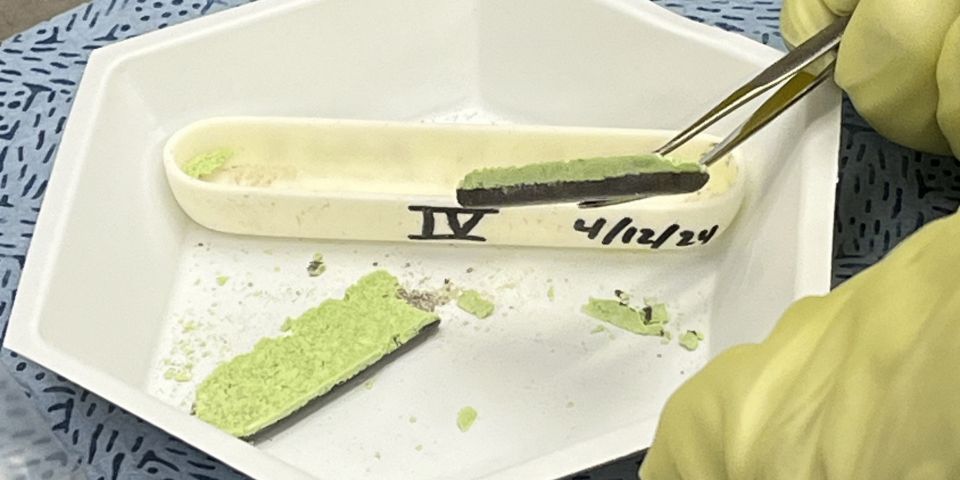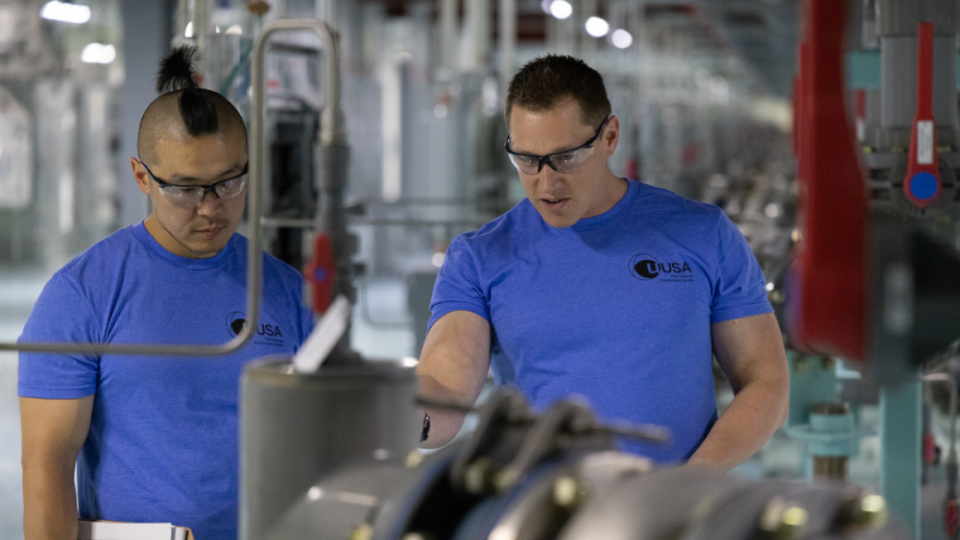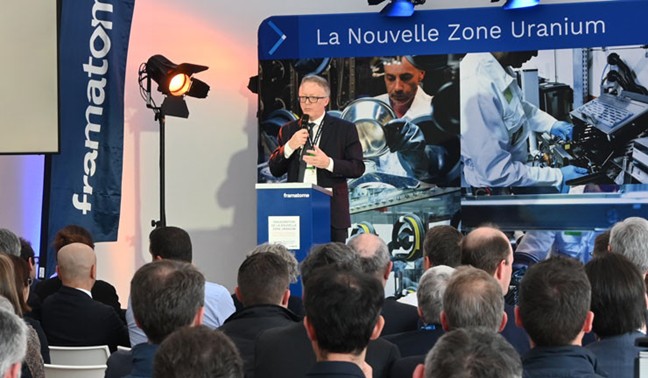From South Korea to Belgium: Testing a high-density research reactor fuel

The Korea Atomic Energy Research Institute has developed a high-density uranium silicide fuel designed to replace high-enriched uranium in research reactors. Recent irradiation tests appear to be successful, KAERI reports, which means the fuel could be commercialized to continue a key global nuclear nonproliferation effort—converting research reactors to run on low-enriched uranium fuel.







